What’s the first thing you do when you wake up? Logging-in to your social media accounts and scrolling down to the bottom of your newsfeed is the most probable answer. In fact, a study showed that seven out of ten (69%) adults in the U.S. claim that they use Facebook (Pew Research Center, 2019). And those seven people will have almost 80% of their time spent on social media sites on their mobile devices. (Lyfemarketing, 2018). There’s no doubt that social media is ingrained in our everyday life, so how can we make the most of it? Increasing brand awareness for your business through online platforms is definitely one of the benefits of social media marketing. Even getting people to “like” or “share” your page is simple marketing in itself. The opportunity to tell your brand’s story is a great way to share your mission and to leave an impact on your potential customers.
15 Social Media Marketing Benefits Your Business Might Not Be Thankful Enough For
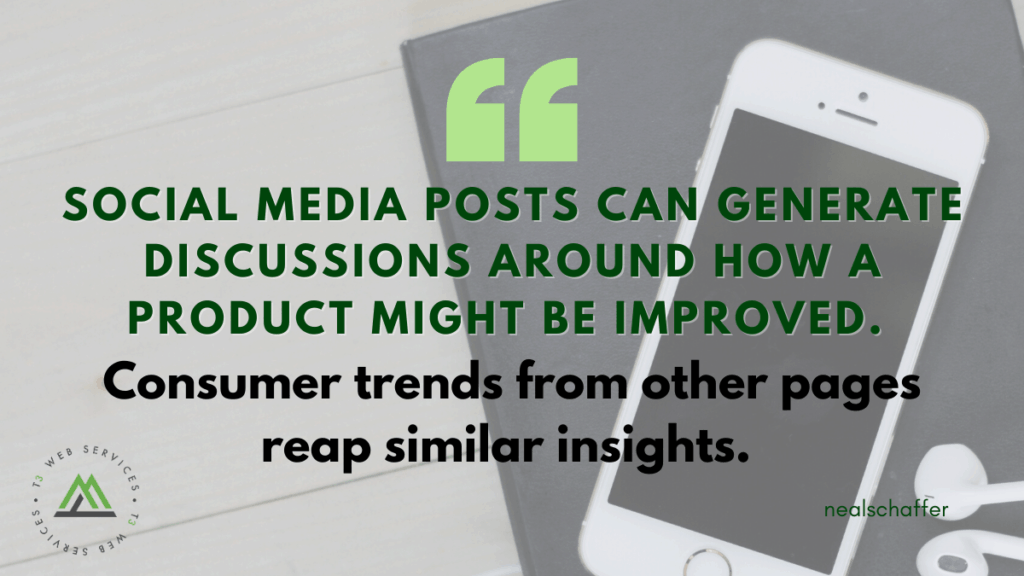

1. Understand Your Competitive Performance in the Public.
First of all, paying attention to social media activity around your brand can help you understand how well your brand is appealing to consumers online. In fact, one of the biggest social media marketing benefits is the potential for easy research on your competition.
Social share of voice
Finding out what brands are generating the most word-of-mouth consumer outreach can be critical to your success.
In this case, you are looking for organic discussions around your products and those of your competitors. For instance, if your beauty company has just launched a new makeup primer, then you can see how well marketing efforts are doing by looking for posts about it. Alternatively, you can identify a successful ad campaign by a competitor this way.
Discover hidden opportunities when comparing social performance in terms of content, frequency, and network
Are people looking for more information about your products and services? If so, then there might be an opportunity to do some content marketing that answers these questions.
Or, customers could be complaining that they don’t hear from you too often, or that you’re too aggressive. These posts offer the opportunity for adjustments. Finally, you might discover that your brand’s appeal is higher in demographics or markets you hadn’t thought of before, letting you nurture new leads.
2. Track Your Brand Health
Even if you aren’t doing much social media marketing, it’s possible to gauge consumer sentiments around your brand.
For instance, I know of someone who complained on social media about exceptionally bad customer service from a legacy brand. When she logged on, it became apparent that many people were having the same issues and that the brand wasn’t responding to complaints. Besides making a bad impression, they missed out on one of the biggest social media marketing benefits.
Here’s the thing: by ignoring social media the brand failed to compare themselves to other brands. They also failed to identify a disconnect between the way they saw themselves and consumer sentiments. The evidence? They kept posting ads which were tone deaf in the face of the complaints. Customer feedback clearly wasn’t important.

https://nealschaffer.com/social-media-marketing-benefits/
1.8 Billion People Use Facebook Groups Every Month


Facebook Groups, and online communities in general, are becoming more prevalent in peoples’ lives according to data from a new research study.
A report from NYU’s The Governance Lab examines how Facebook Groups allow people to form meaningful communities they often wouldn’t have the opportunity to offline.
The study contains a number of up-to-date statistics on Facebook Groups, such as:
- More than 1.8 billion people use Facebook Groups every month.
- There’s over 70 million admins and moderators running active Facebook groups.
- More than half of all users are in five or more groups.
- The median number for respondents’ most important group — online or offline — ranges from 25 to 100 people.
- Groups with ties to local communities and cities generate the greatest sense of belonging.
- Over 50% of respondents who named an online group as their most important had belonged to that group for more than a year.
Those are the quantitative results. The study also gathers qualitative data about what motivates people to participate in online groups and the benefits they receive from doing so.

Problem Solved: Increase B2B Content Marketing Success by Conquering 4 Conundrums
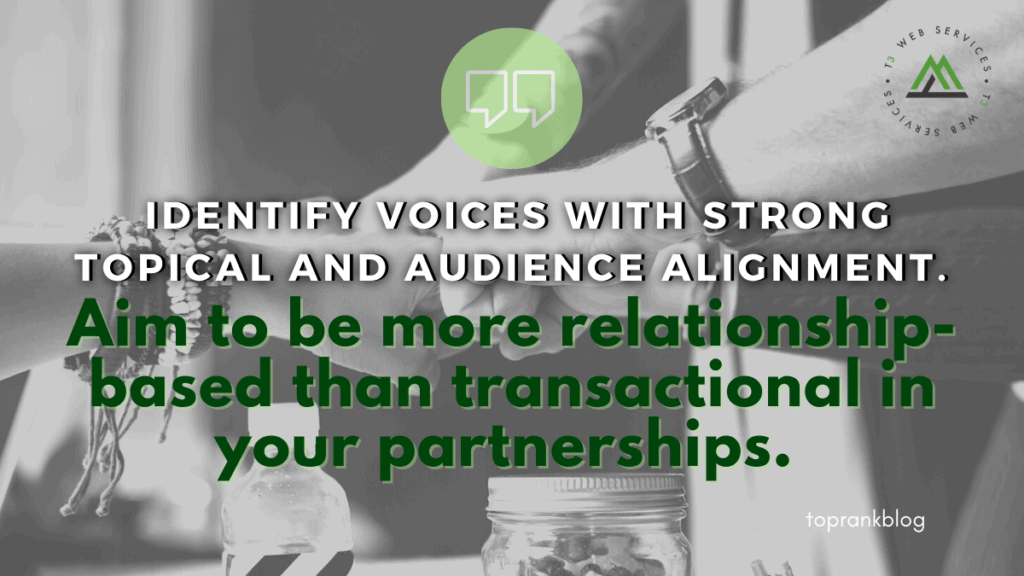

Almost every piece of marketing content is essentially aimed at solving a problem. This really gets to the fundamental intent of B2B content marketing as a practice: by helping our audience solve day-to-day problems and overcome business challenges, we hope that they’ll eventually consider using our product or service to solve a bigger problem.
But content marketers can’t focus solely on solving problems for customers. We also need to look inward and address key challenges that threaten the value and impact of our problem-solving content. The old saying about “getting your own house in order” comes to mind.
Here’s a look at four prevalent conundrums faced by B2B content marketers today, and how I recommend confronting and conquering them.
How to Overcome 4 Vexing B2B Marketing Conundrums
Content marketers need to reckon with these stumbling blocks before they can race to big success with their strategies.
Conundrum #1 ? More brands and platforms than ever are competing for the diminishing currency of attention.
On the surface, it seems like a clear positive: Fueled by social distancing and a lack of in-person experiences, audiences flocked online more than ever in 2020. Usage of mobile devices and social media apps has risen dramatically. In theory, this means it should be easier than ever to attract eyeballs and engage users via digital marketing.
So, why the conundrum?
Two reasons. First: every brand and content-creating entity is aware of this trend, so there’s been a widespread increase in supply to meet the demand. That means more competition. Second (and not unrelated), audiences are fatigued after a year of being necessarily glued to their screens. Without question, it’s growing more difficult to earn and sustain someone’s attention, not to mention drive action and engagement.
What To Do?
It has never been more important to adopt a quality-over-quantity approach. Zero in on a narrowly defined audience whose problems you can help solve. Create highly focused and directly relevant content. Personalization holds the key to breaking through with a clear message in an online environment full of buzzing static.
Of course, the heightened competition also calls for a re-emphasis on capturing the attention of a scrolling user. Go against the grain and deliver something your audience isn’t expecting. Rock the boat in a sea of sameness.
Conundrum #2 ? Measuring results is difficult when direct links to revenue aren’t always clear or straightforward.
During times of economic duress, there is a natural inclination for businesses to scale back on discretionary spending. In its early days, content marketing was often viewed as discretionary, or a complementary aspect of business development. While that perception has generally changed, marketing leaders still can face an uphill battle when vying for a fair share of reduced budgets.
What To Do?
The connection between content marketing and revenue is not as overt or direct as some other investments, that’s true. But it is undeniable. The ability to map content to revenue is becoming a key asset for marketing departments, and in some cases it may require rethinking conventions.
For example, some organizations need to slow down their campaign measurement, to align with a complex and lengthy buying cycle. Another opportunity: refining attribution methods to deliver more clarity and comprehensiveness. Do you track user actions across channels? Are you accounting for both post-click and post-view conversions? Are you quantifiably measuring brand awareness and engagement? If not, these are worthy aspirations in a results-oriented business landscape.

How Instagram’s Algorithm Works & IG Content Best Practices
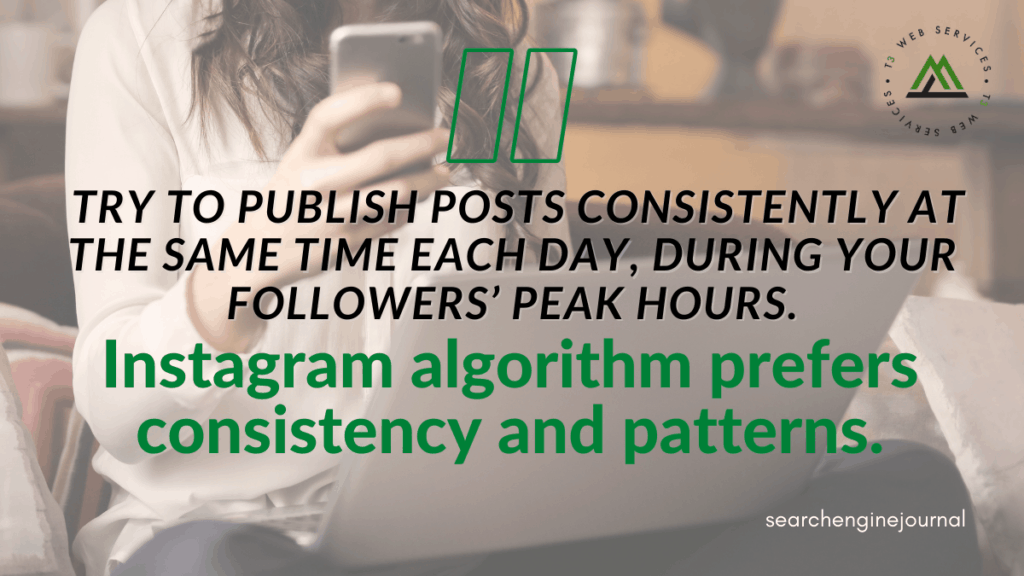

In March 2016, Instagram switched its feed from chronological to using an algorithm to rank the “best” posts first.
Well, at the rate that things change in the digital marketing world, that’s like telling you a story that begins, “A long time ago, in a galaxy far, far away…”
Let’s take a closer look at how Instagram’s algorithm works now and check out some examples of the latest video best practices.
How Instagram’s Algorithm Works for Feed Posts
Back in June 2018, Instagram shared its six key ranking factors publicly for the first time.
And, surprisingly, this algorithm hasn’t changed dramatically since then.
Three main factors determine what users see in their Instagram Feed:
- Interest: How much Instagram predicts you’ll care about a post, with higher ranking for what matters to you as determined by past behavior on similar content (and, potentially, machine vision analyzing the actual content of the post).
- Recency: How recently the post was shared, with prioritization for timely posts over weeks-old ones.
- Relationship: How close you are to the person who shared it, with higher ranking for people you’ve interacted with a lot in the past on Instagram, such as by commenting on their posts or being tagged together in photos.
Beyond those core factors, three additional signals that influence rankings are:
- Frequency: How often you open Instagram, as it will try to show you the best posts since your last visit.
- Following: If you follow a lot of people, Instagram will be picking from a wider breadth of authors so you might see less of any specific person.
- Usage: How long you spend on Instagram determines if you’re just seeing the best posts during short sessions, or it’s digging deeper into its catalog if you spend more total time browsing.
Actually, something else has changed since June 2018.
Rachel Reichenbach, an artist and small business owner who makes cute frog characters, revealed these changes in a post on the Rainylune blog entitled, Why your Instagram Engagement Kinda Sucks Right Now.
An unnamed media expert from the Instagram Partnerships team gave her some advice on how she could grow her account – and shared “a ton of really useful information,” she said.
Ms. Reichenbach added,
“There are over 500 different factors, but it takes much more into account than just the likes, views, comments, etc. of a specific post. The algorithm ranks your specific post by taking into account your use of Instagram as a whole.”
She also noted that the algorithm takes into account and considers favorably using in-app camera and filters, geolocation tagging, messaging, and story buttons, among other factors.

10 Ways Ads End Up in Facebook Jail & How to Avoid It
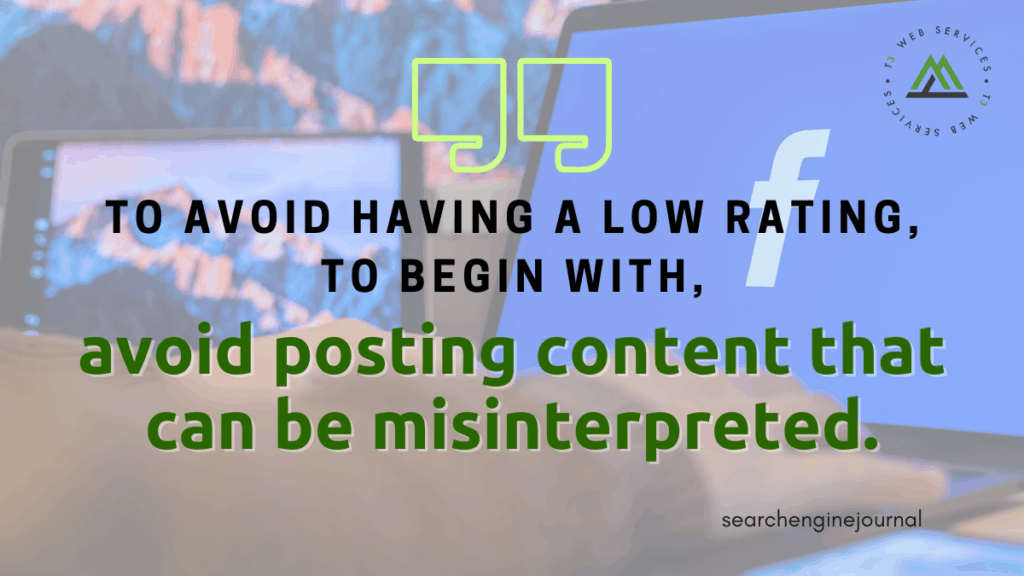

While Facebook is seeing mounting pressure to better monitor its content and accommodate news outlets in how articles are shared, that has not deterred businesses from relying on Facebook as a key part of their digital strategy.
In fact, eMarketer and Business Insider expect Facebook’s ad revenue to continue growing throughout 2021.
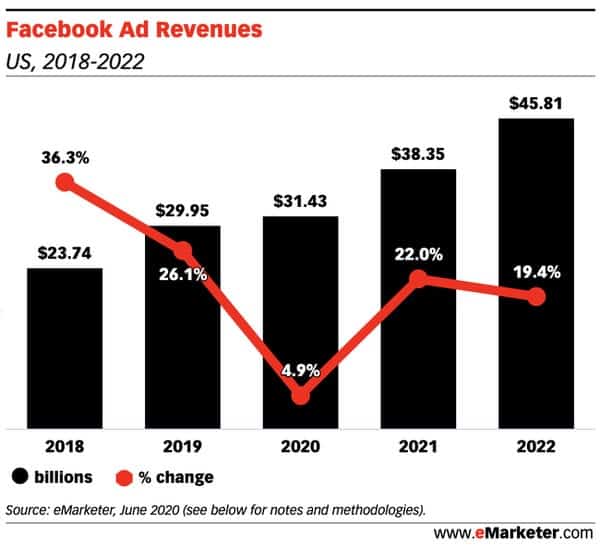
That’s why it’s critical to avoid your ads landing in the infamous Facebook Jail.
This is especially vital for small businesses who don’t have as many resources and would not have a rep at Facebook supporting them who can more easily escalate any appeals.
While many guidelines are generally known, it’s the nuances that can make or break a campaign going live.
Read on below to proof your launch and avoid these 10 common pitfalls that could land your ads in Facebook Jail.
1. Facebook Page Quality
Having a low page quality is a growing reason for ad disapproval.
Many advertisers will painstakingly check their ad setting and ad assets but neglect the organic side.
As the ad campaign is tied to your Facebook profile, it’s key for your Facebook page to maintain above-board standing.
Your social advertising team must be proficient not just in advertising-related policies (more on those below), but also in keeping with overall Facebook community guidelines.
Solution: Make sure to check your Facebook Page Quality periodically. If it’s low, you may be at risk of being unable to run ads or them taking longer to get approved.

https://www.searchenginejournal.com/how-to-avoid-facebook-jail/396612/?utm_source=sej-feed#close
12 Tips and 10 Tools to Help You Manage Your Next SEO Campaign


70% of marketers agree that search engine optimization is significantly more effective than pay-per-click. Opposed to having advertisers pay a fee to get ad-clicks and buy visits to your site, SEO allows you to earn website visits and conversions organically. Implementing the right keywords and analyzing SEO are effective and can even be free, so why not learn how to best manage and organize your next SEO campaign?
Why You Need a Framework for Managing Your SEO Campaigns
A proper game plan and framework for your SEO campaign will give you integration and effectiveness in your marketing. Your framework includes an SEO strategy that helps you create conversions quickly and also offers long-term success. This will also make your campaigns appear cohesive, which is ideal for making content memorable and appealing.
Developing a framework for SEO project management will also help you save time when managing various digital strategies. These days you’re having to deal with email, social media, and other digital marketing tactics. Here are some aspects of your SEO campaigns that will be better managed with an organized strategy:
- Content writing and publishing
- Content strategy and management
- Keyword and topic strategy
- Competitive analysis
- Website architecture
- Technical SEO
- Strategic outreach
Keep in mind that along with your SEO strategy, you may be managing multiple departments that handle different aspects of marketing. Quality SEO framework will consider all sides of digital marketing and ensure they’re all collaborating seamlessly. Allocating resources, defining goals, creating specifications and checklists, and tweaking your framework across the board will help you easily manage your SEO campaign efforts.
The best SEO tools will help you work efficiently and fine-tune your SEO strategy. Software and free resources are available to manage your time, create in-depth reports and analysis, insights into competitors, and improve more marketing tactics. Check out these 10 tools to assist you in managing your SEO efforts:
1. Google Search Console
Anyone with a website can take advantage of Google’s Search Console for free. This tool helps you measure your website’s search traffic, performance, and also can identify any issues that you can quickly fix. You can also check the effectiveness of SEO and your content with Search Analytics that report on clicks and impressions. You can easily integrate Google Search Console to your website’s code, and then you can control what content gets indexed and how your website is represented in Google search results.

https://nealschaffer.com/seo-campaign/
Find, Engage and Close: Demandbase’s Jon Miller on Recasting the B2B Marketing Automation Journey #B2BMX
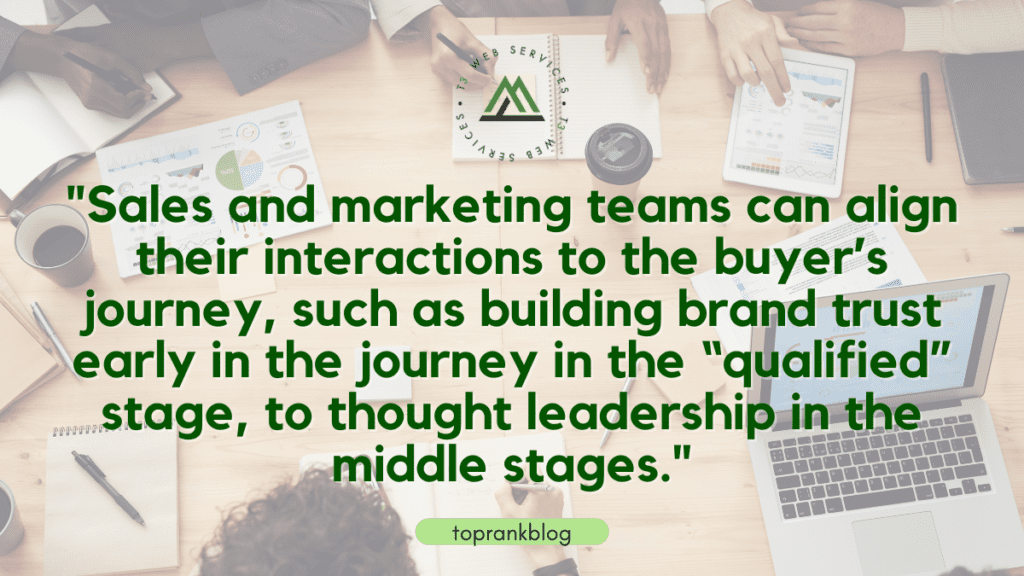

How can B2B marketers recast the marketing automation journey to meet today’s challenges and be ready for those to come?
Jon Miller, chief marketing officer at Demandbase, recently presented a session at the 2021 B2B Marketing Exchange Experience virtual conference, and explored new account-based marketing best practices.
Today however, the world is changing and marketing automation tools aren’t necessarily keeping pace.
We’ve reached the end of the era of traditional demand generation, which has become shipwrecked, Jon explained.
The General Data Protection Regulation (GDPR) and other global data protection efforts have made it more challenging for marketers to send emails in the way they were once able to, while in some instances sales teams are sending greater amounts of email now than marketers.
“Marketers lost the keys to being the sole owners of communications,” Jon said, and noted that today’s larger buying committees also present challenges when trying to hold one-on-one interactions. This is where marketing can play a larger role, he noted.
Modern Sales & Marketing Alignment: Find, Engage, and Close
1 — Finding The Most Valuable Accounts
The first step in adapting to the new realities of B2B marketing and sales alignment is to find, by focusing efforts on locating the most valuable accounts, Jon explained.
“When it comes to finding target accounts, one size does not fit all,” Jon said, and marketers should do deep-dive one-to-one level account research, using highly-customized programs for each major strategic account — a process that is often a significant investment.
Another segment, one-to-few, focuses on moderately personalized deep cluster research — using micro-clusters of accounts focused on similar business issues, Jon explained.
An additional level with a broader scope is the one-to-many level, which is where many account-based programs exist, with a basic level of light personalization and much less investment per account, Jon noted.
The one-to-many level often benefits from greater use of technology such as intent data, making it more scalable.
The broadest category of all is the targeted demand generation segment, Jon explained, usually using traditional marketing tactics to go after specific accounts.
When considering which of these four levels to use for your business, the key is to find which one is truly the best fit for your selling style, Jon noted, and encouraged organizations to get creative and use custom level names such as tiers.
Jon urged businesses to find their entitlements — the contract of how marketing and sales agree to treat each account and what each department will do — in order to learn how many accounts your organization can handle.
Entitlements can be evergreen — offering continuing qualities that persist — or of the triggered and in-market variety, such as when an account is in an active buying process or has a new corporate executive, Jon explained.
Businesses often place greater focus on these triggered entitlements. The process of finding your firm’s entitlements is a great way to bring sales and marketing teams together, Jon noted.
Once the number of entitlements have been determined and you know how many accounts you can have, you can begin to use science and technology to focus on the key ones, and Jon shared the F.I.R.E. acronym:
- (F)it — how close is this account to your ideal customer profile
- (I)ntent — the interest accounts have in your products or those of your competitors
- (R)elationship — is this an account your salespeople are already talking with
- (E)ngagement — is this account coming to you and spending time on your website or attending your firm’s events

https://www.toprankblog.com/2021/02/recasting-the-b2b-marketing-automation-journey/


Leave a Reply